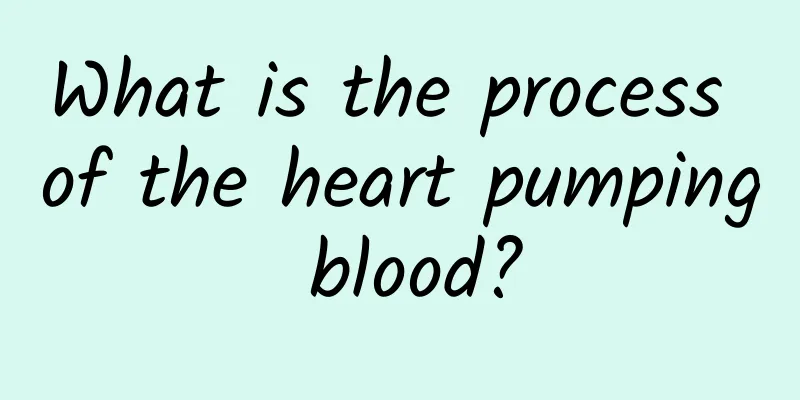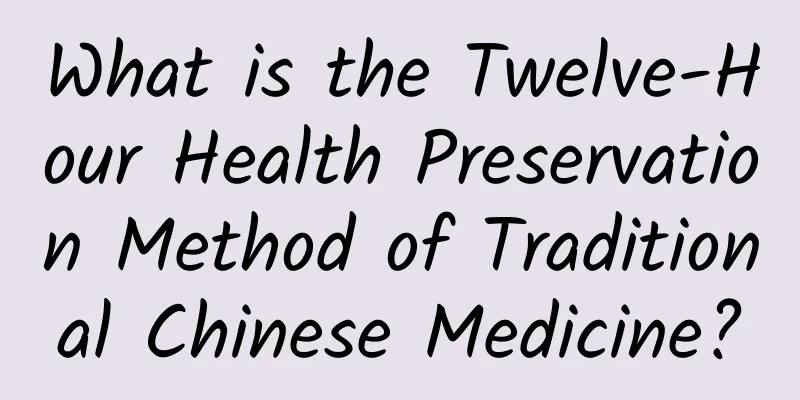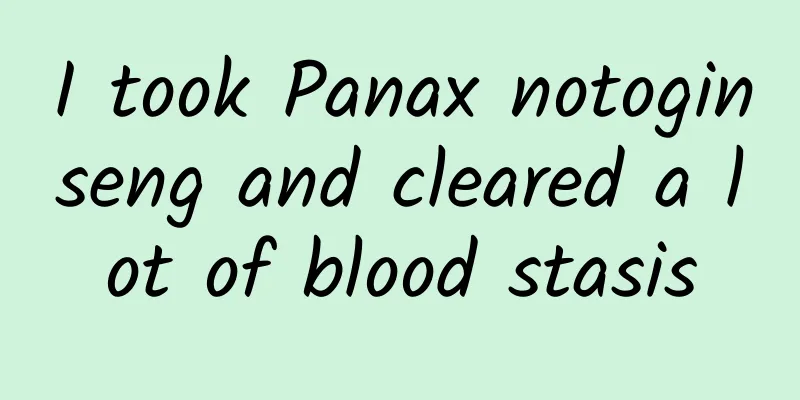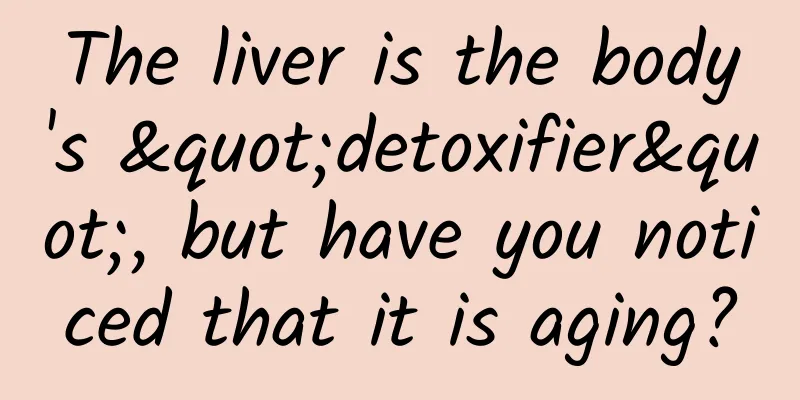What is the process of the heart pumping blood?

|
The heart is the driving force of all life, because the heart's ability is mainly responsible for the transportation of blood. Once there is a problem with the blood supply to the brain, the patient's life will be threatened. Therefore, the heart must pump blood non-stop to supply the brain and the whole body. The heart pumping blood is a magical process. Many people don’t understand this process well. Let’s take a look at what the heart pumping blood process is. ① Atrial contraction: At the end of ventricular diastole, the atria contract, the intra-atrial pressure increases, and the blood is further squeezed into the ventricles. The ventricles then begin to contract and enter the next cardiac cycle. ② Isovolumetric contraction period: When the ventricles begin to contract, the intraventricular pressure rises rapidly. When the intraventricular pressure exceeds the intraatrial pressure, the atrioventricular valve closes, and the aortic valve is also closed at this time. Therefore, the ventricles are in an isovolumetric closed state with increasing pressure. When the intraventricular pressure exceeds the aortic pressure, the aortic valve opens and the ejection phase begins. ③ Rapid ejection phase and slowed ejection phase: In the first 1/3 of the ejection phase, the ventricular pressure rises rapidly and the amount of blood ejected is large, which is called the rapid ejection phase; subsequently, the ventricular pressure begins to drop and the ejection speed slows down. This period of time is called the slowed ejection phase. ④ Isovolumetric relaxation phase: The ventricles begin to relax, the aortic valve and atrioventricular valve are in a closed state, so the ventricles are in an isovolumetric closed state with decreasing pressure. When the ventricles relax to the point where the intraventricular pressure is lower than the intra-atrial pressure, the atrioventricular valve opens and the ventricular filling phase begins. ⑤ Rapid filling period and slow filling period: In the early stage of filling, due to the large pressure difference between the ventricles and atria, blood quickly fills the ventricles, which is called the rapid filling period. Subsequently, the pressure difference between the ventricles and atria decreases, and the blood filling speed slows down. This period of time is called the slow filling period. The above is an explanation of the process of the heart pumping blood. I hope everyone can understand it, because the heart is really important to people’s bodies and is irreplaceable. |
<<: How to reduce the heavy preload of the heart?
>>: How to treat heart surgery scars?
Recommend
Symptoms of fullness
Piman is a symptom of indigestion, which often ca...
Less stool, wet stool, and constant farting
In life, many people have experienced times when t...
What causes hernia in children? Three factors are the most common
When children have symptoms of hernia, it is a ve...
Is it normal for pregnant women to have black poop?
Pregnant women are the focus of a family's at...
Left chest pain radiating to left hand, rapid heartbeat
According to relevant data, more and more people ...
What are the effects and functions of Chuanxiong
The profoundness of traditional Chinese medicine ...
How to effectively improve facial redness?
Many people often encounter the problem of red bl...
Self-massage method for facial paralysis, Chinese medicine teaches you massage method
In life, we sometimes see people with crooked eye...
What is fetal bilateral choroid plexus cyst?
Choroid plexus cyst refers to small cysts with a ...
Is bloody ejaculation serious?
The importance of semen is self-evident. If there...
How to screen for cervical lesions? What are the screening methods for cervical lesions?
With the improvement of people's living stand...
Non-healing wounds on soles of feet
If a wound occurs on the sole of the foot, the he...
How to store fresh Artemisia capillaris
Artemisia capillaris is a wild plant. After dryin...
Small pits on the nails
The small pits on the nails are probably caused b...
Symptoms of rheumatoid heart disease
Rheumatoid heart disease is also a very common ty...









